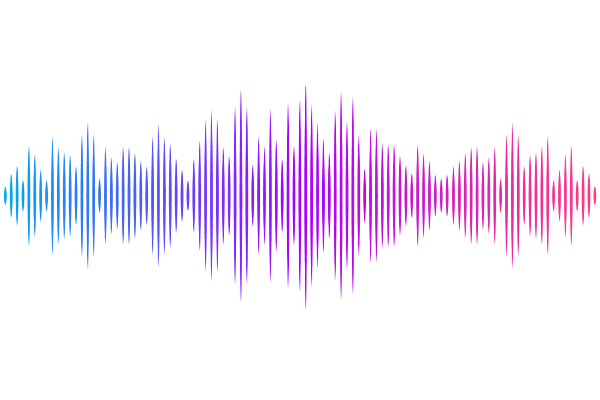The Rayleigh Criterion: Resolution Limits of Astronomical Periodograms

The Rayleigh Criterion: Resolution Limits of Astronomical Periodograms
V. Ramirez Delgado, J. S. Caicedo Vivas, S. Dodson-Robinson, C. Haley
AbstractThe Rayleigh criterion determines the resolution limit of a periodogram, which is the minimum frequency separation required to barely resolve two sinusoids. Failing to consider the Rayleigh criterion may result in incorrect interpretations of long-period signals or spurious claims that two closely spaced periodogram peaks represent two distinct physical processes. We demonstrate how applying the Rayleigh criterion can help observers avoid false positive detections caused by uneven observing cadence or insufficient observing time baseline. We present three synthetic datasets that illustrate (1) a single oscillation with a split Lomb-Scargle periodogram peak resulting from uneven observing cadence can be mistaken for two oscillations if the Rayleigh criterion is neglected, (2) oversampling a periodogram's frequency grid does not improve resolution, and (3) observing time baseline requirements for resolving two closely spaced oscillations. We use the Rayleigh criterion to revisit detections of planets, stellar activity, and differential rotation from four published datasets. We show that the frequency separation between planet 55~Cnc~d and the activity cycle is too small to distinguish the two phenomena based on published radial velocities (RVs) alone. Likewise, the contested 4970-day planet orbiting HD~99492 cannot be statistically separated from zero frequency. We determine that a cubic polynomial better explains the long-term RV variability of Barnard's star than a sinusoid model. Finally, our re-analysis of {\it Kepler} observations of two active stars shows that the signals previously attributed to differential rotation can be modeled by a Gaussian process with a single quasiperiodicity. This work demonstrates the importance of the Rayleigh criterion when constructing a time-domain model.